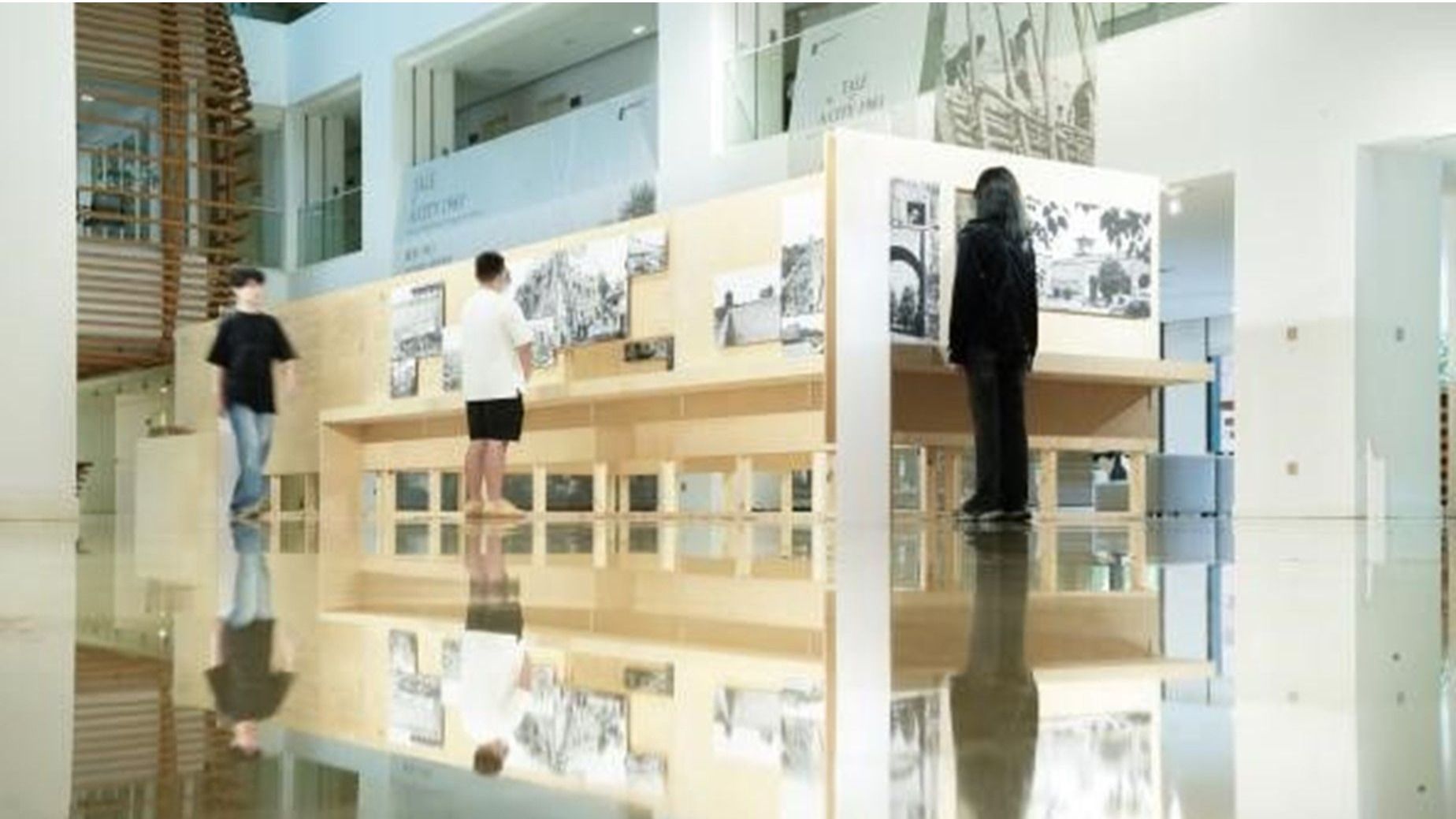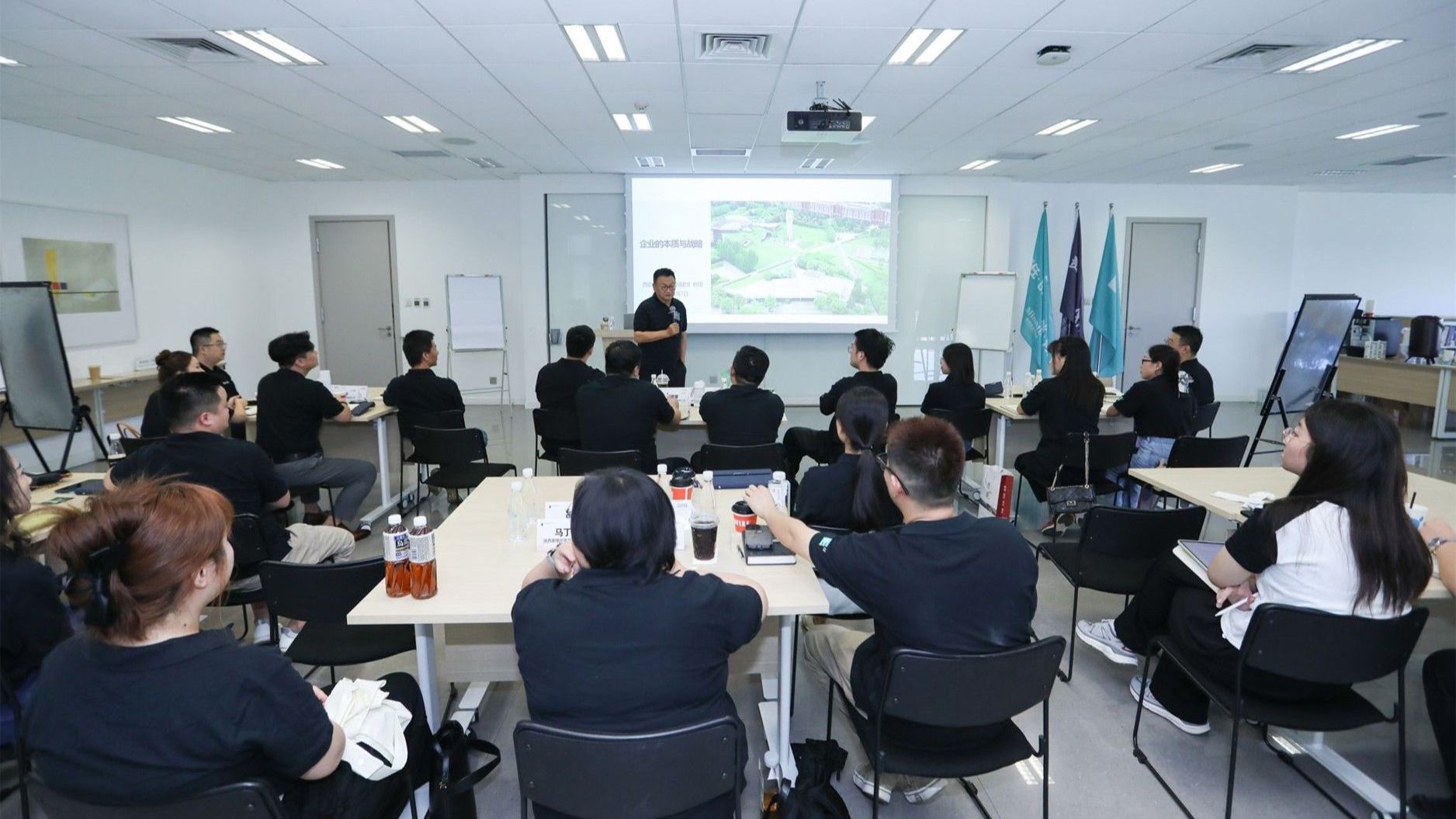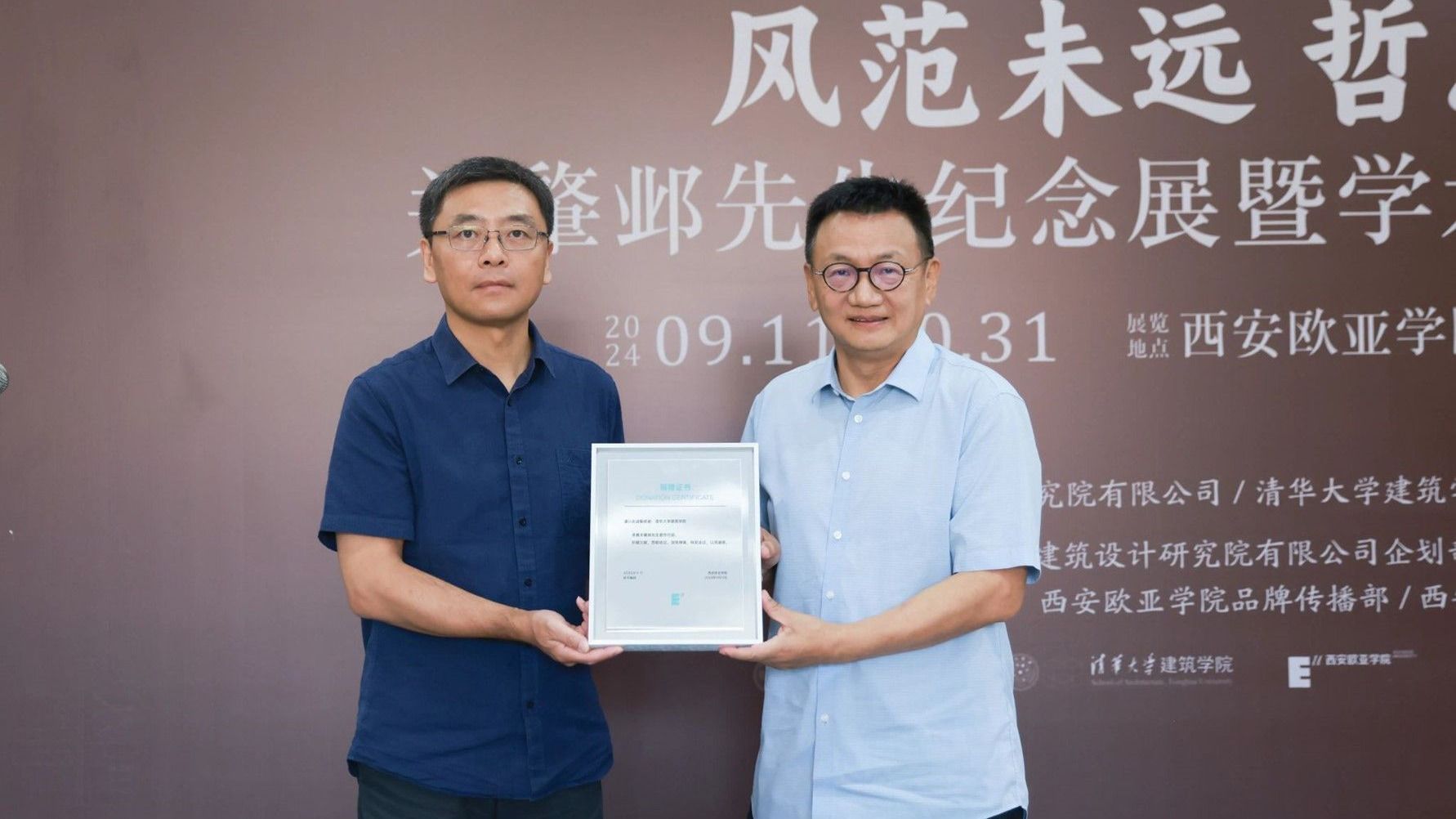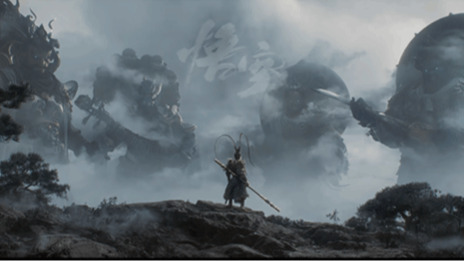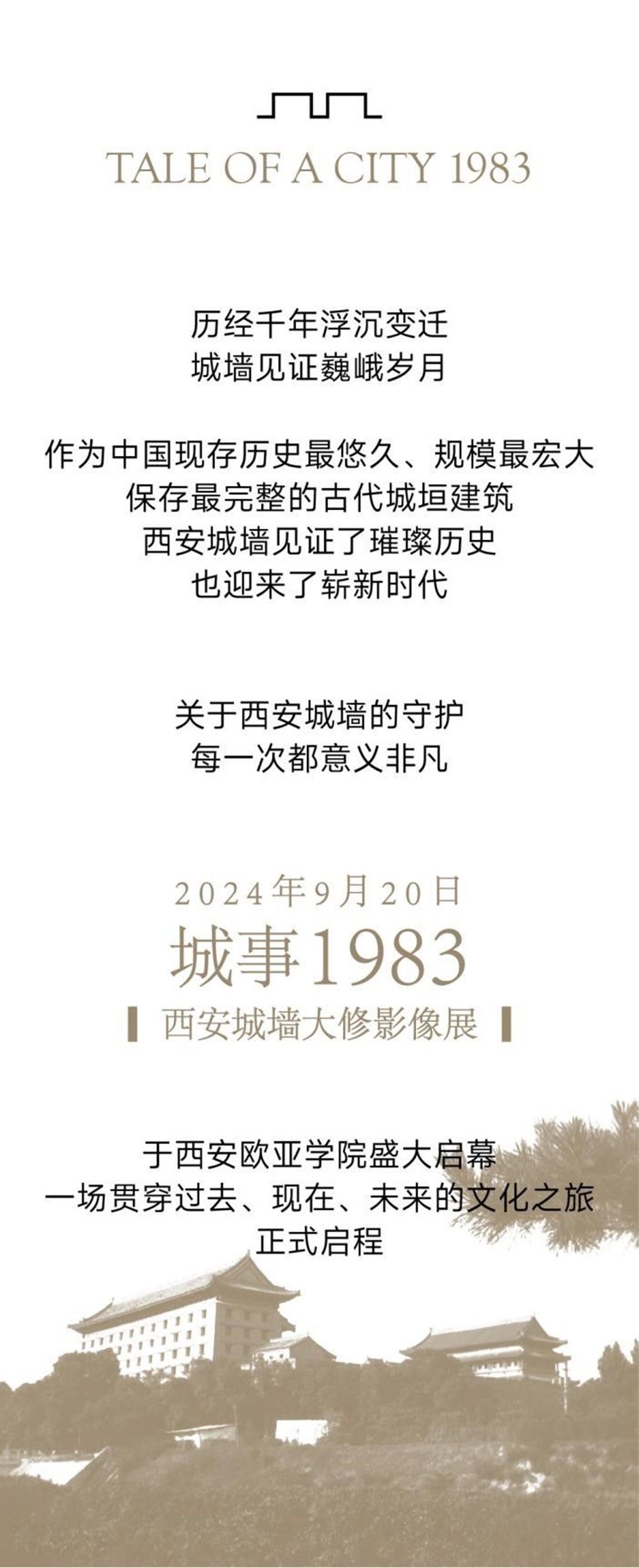
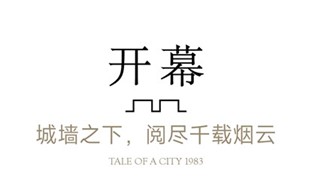
On September 20, the "Tale of A City 1983: Xi'an City Wall Overhaul Photographic Exhibition" officially opened at the Administrative Center of Xi'an Eurasia University, unveiling a precious segment of history concerning the city wall.
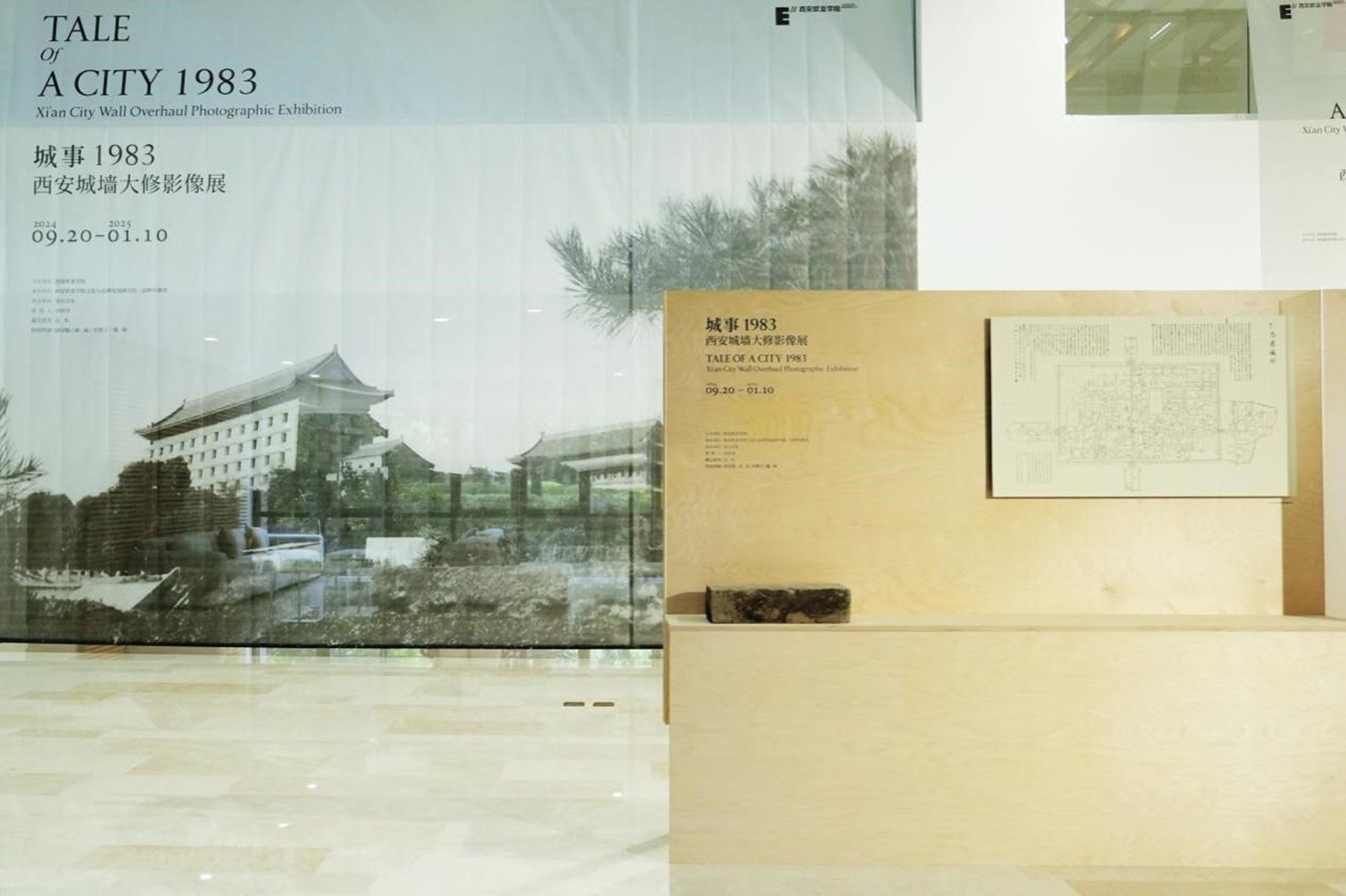
In his opening speech, Zhao Guohua, Secretary of the CPC Committee of Xi'an Eurasia University, said, "Since the founding of the People's Republic of China, the city wall encountered the danger of demolition twice. In critical moments, comrades such as Xi Zhongxun stepped forward three times to protect it. Ultimately, the city wall survived. Therefore, 'protecting the city wall and guarding the memories of Xi'an' is a mission and responsibility entrusted to every organization and citizen by the times. Apart from imparting knowledge, universities and colleges also serve as crucial venues for protecting and inheriting culture. Schools must consciously integrate this important responsibility into their own development processes. Since its establishment, Xi'an Eurasia University has placed great emphasis on connecting with and inheriting local culture. The hosting of the 'Tale of A City 1983: Xi'an City Wall Overhaul Photographic Exhibition' is an important initiative for the university to fulfill its responsibility and promote local culture."
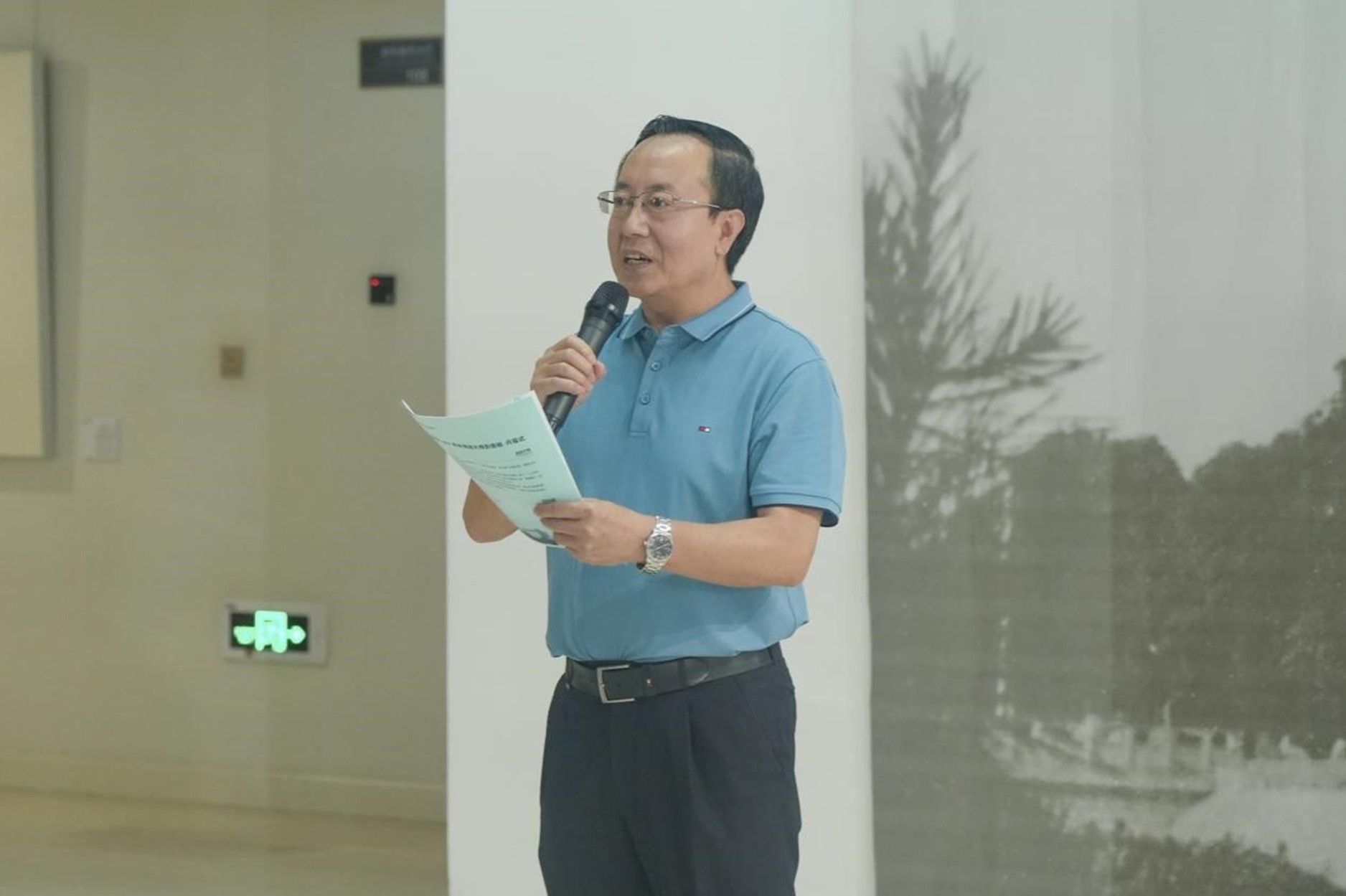
(Fig. 2) Zhao Guohua delivers a speech at the opening ceremony of the exhibition
At the event, Mr. Zong Ming'an, Chairman of the Ancient Books and Rubbings for Tablet Inscriptions Committee of the Shaanxi Provincial Collectors Association, is a cultural scholar and an expert in local ancient books and rubbings for tablet inscriptions. He led the audience to review the profound culture and history of the Xi'an City Wall. "In 1926, during the nearly one-year siege of Xi'an by warlords, the city witnessed countless casualties, but the walls stood tall and firm. It endured the war and the heart-wrenching stories that came with it. It is thanks to the solid city wall that Xi'an was protected." During the war-ridden years, the city wall became the only sanctuary of Xi'an people and was their "patron saint".

(Fig. 3) Zong Ming'an and the audience recall the history of Xi'an City Wall
This deep connection is what led to an emotional response from Zong Ming'an upon viewing a collection of rare images documenting the overhaul of the city wall by all Xi'an people in 1983. "The photographs we see are not just records of a magnificent and beautiful overhaul project; they embody the painstaking efforts and passion of countless engineers, designers, and the people of Xi'an in protecting the city wall. From their expressions, we can feel the tenacity of the wall. This exhibition also allows us to see this precious history that belongs solely to Xi'an." Zong Ming'an's nostalgic reflections on the Xi'an City Wall deeply moved the audience present.
"Nazim Hikmet, a poet from Türkiye, once said that there are two things in life that one will never forget: the face of their mother and the face of their city." Liu Juntao, Chairman of the Xi'an Graphic Design Association, founder of Hills Culture, and curator of the exhibition, said, "Xi'an City Wall is one of the largest and most preserved ancient city walls in China. As a witness to history, it not only carries rich cultural heritage but also serves as a bridge connecting the past to the future. This exhibition presents the overhaul process of the city wall through a collection of incredibly precious photographs. Through these images, we offer more people the opportunity to understand and remember what Xi'an once looked like, allowing them to feel the unique charm of this city." Liu Juntao expressed heartfelt gratitude for the strong support that Xi'an Eurasia University has provided for the exhibition.
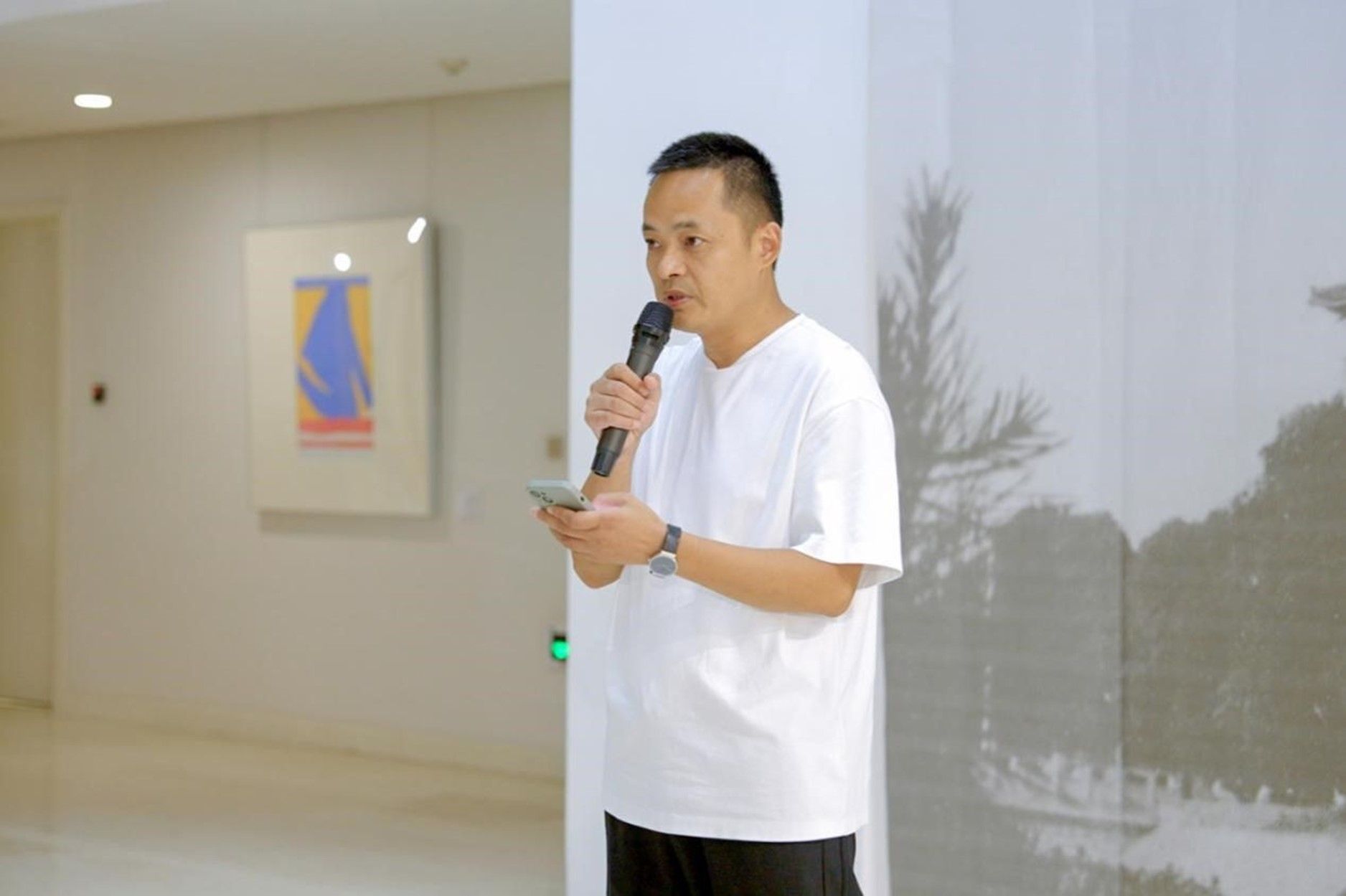
(Fig. 4) Liu Juntao explains the far-reaching significance of Xi'an City Wall
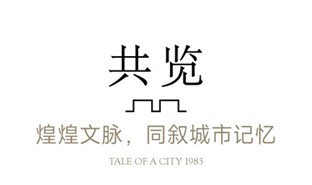
Xi'an is a famous cultural city with a history of thousands of years; Chang'an was a world-renowned ancient capital of the East. Every visitor to Xi'an carries an image of this ancient city: Fenghao of the Zhou Dynasty, Epang Palace of the Qin Dynasty, Chang'an of the Han Dynasty, Daxing of the Sui Dynasty, Chang'an of the Tang Dynasty, Daming Palace, Huaqing Pool, the Terracotta Army, Giant Wild Goose Pagoda, and the City Wall of the Ming Dynasty... After centuries of rise and fall, the prosperous scenes of Chang'an have become the bold rhythms of Qinqiang Opera by the moat, where people live out their lives under the weighty Xi'an City Wall in the new era. Time flies. On the bustling alleys under blue bricks and dark tiles, people live their vibrant lives, and memories about the city grow.
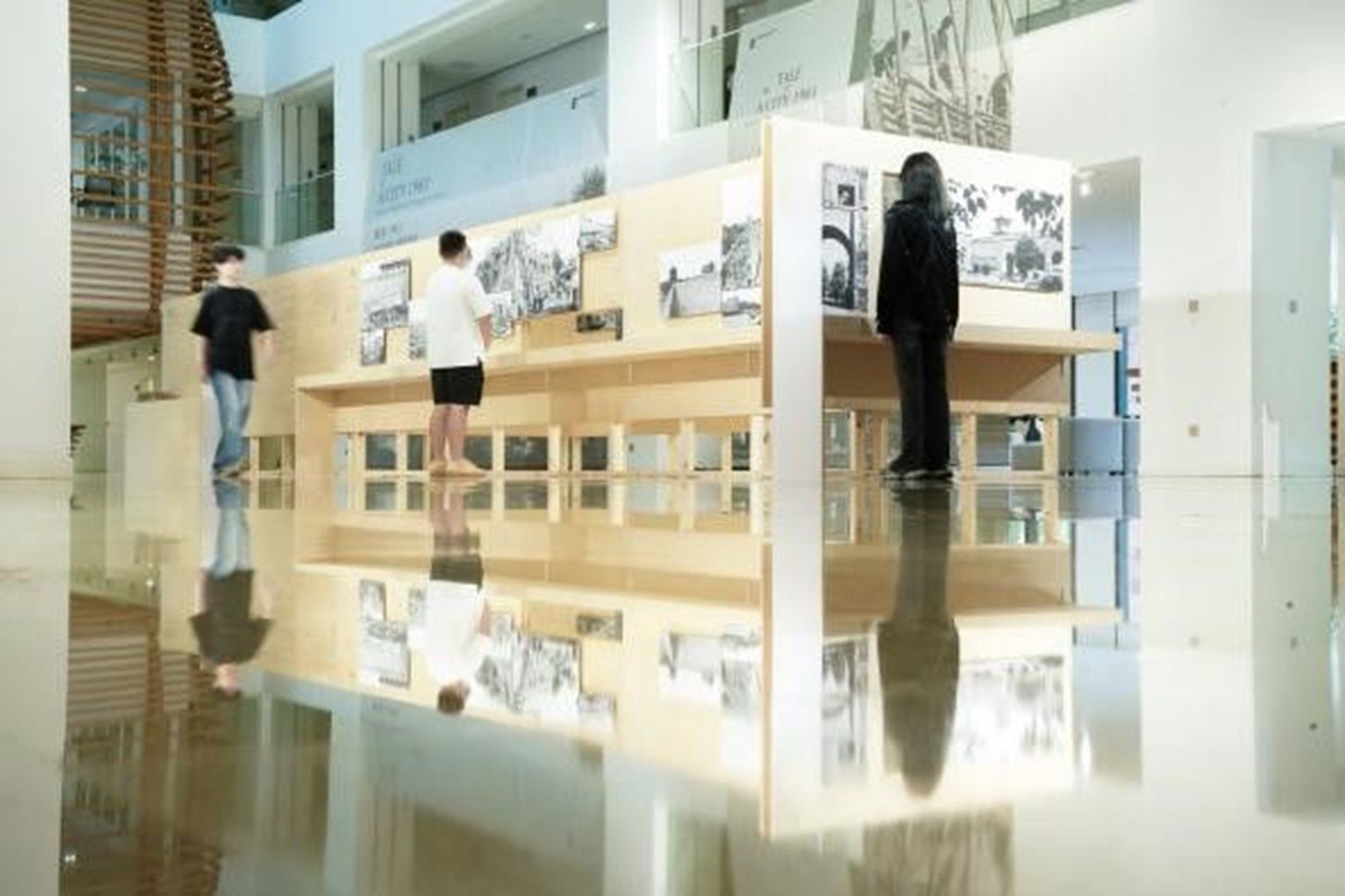
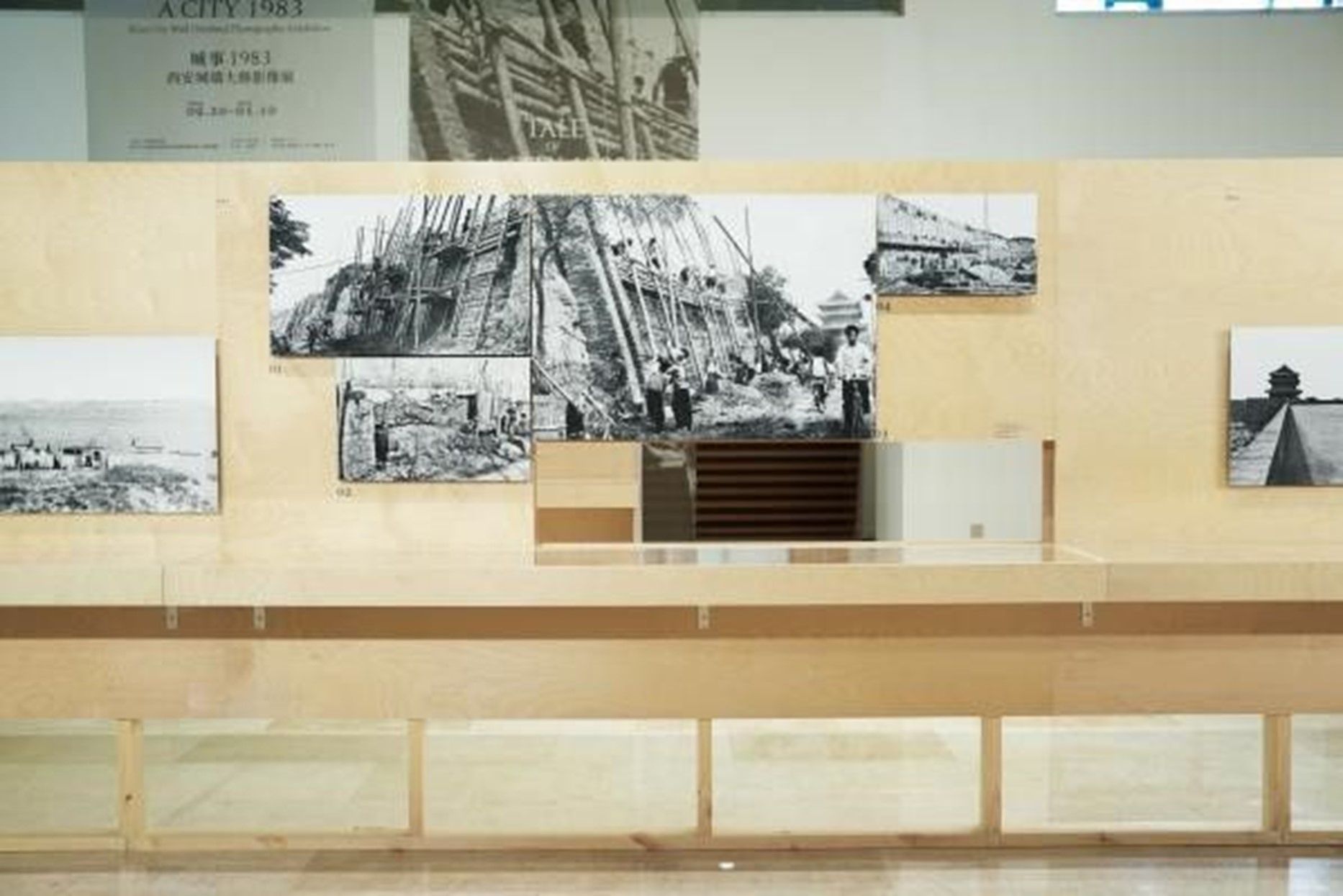
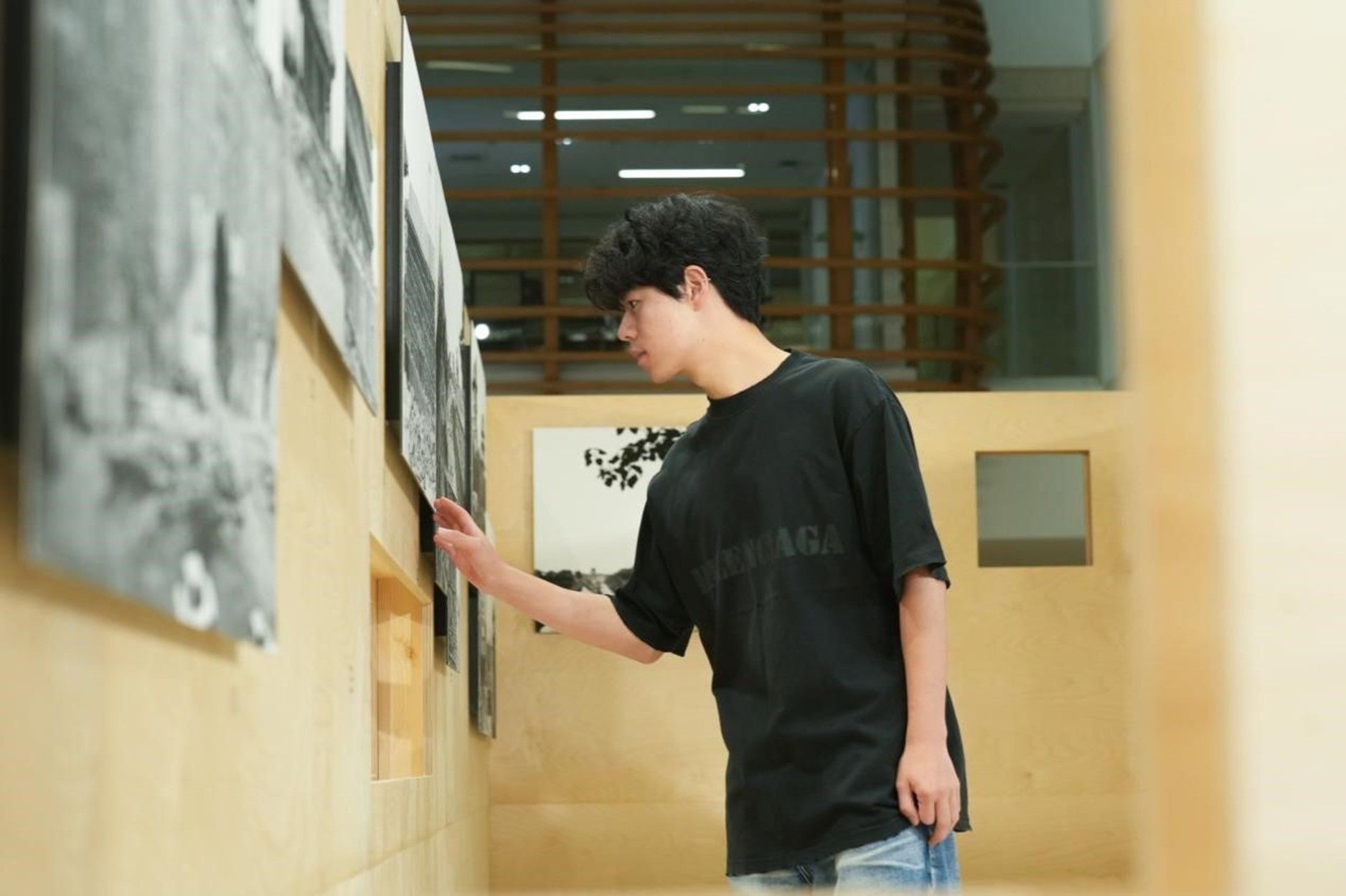
Xi'an boasts a history of over 3,000 years as a city and more than 1,000 years as a capital. The most spectacular and grand relic is the Xi'an City Wall. This iconic landmark, based on the city wall of the Sui and Tang Dynasties, was expanded through the Five Dynasties period, Song, and Yuan Dynasties, and the expansion was completed in the early Ming Dynasty (1370) on the foundation of the imperial city of the Tang Dynasty. Over its more than 600 years of history, the Xi'an City Wall has undergone numerous damages and restorations.
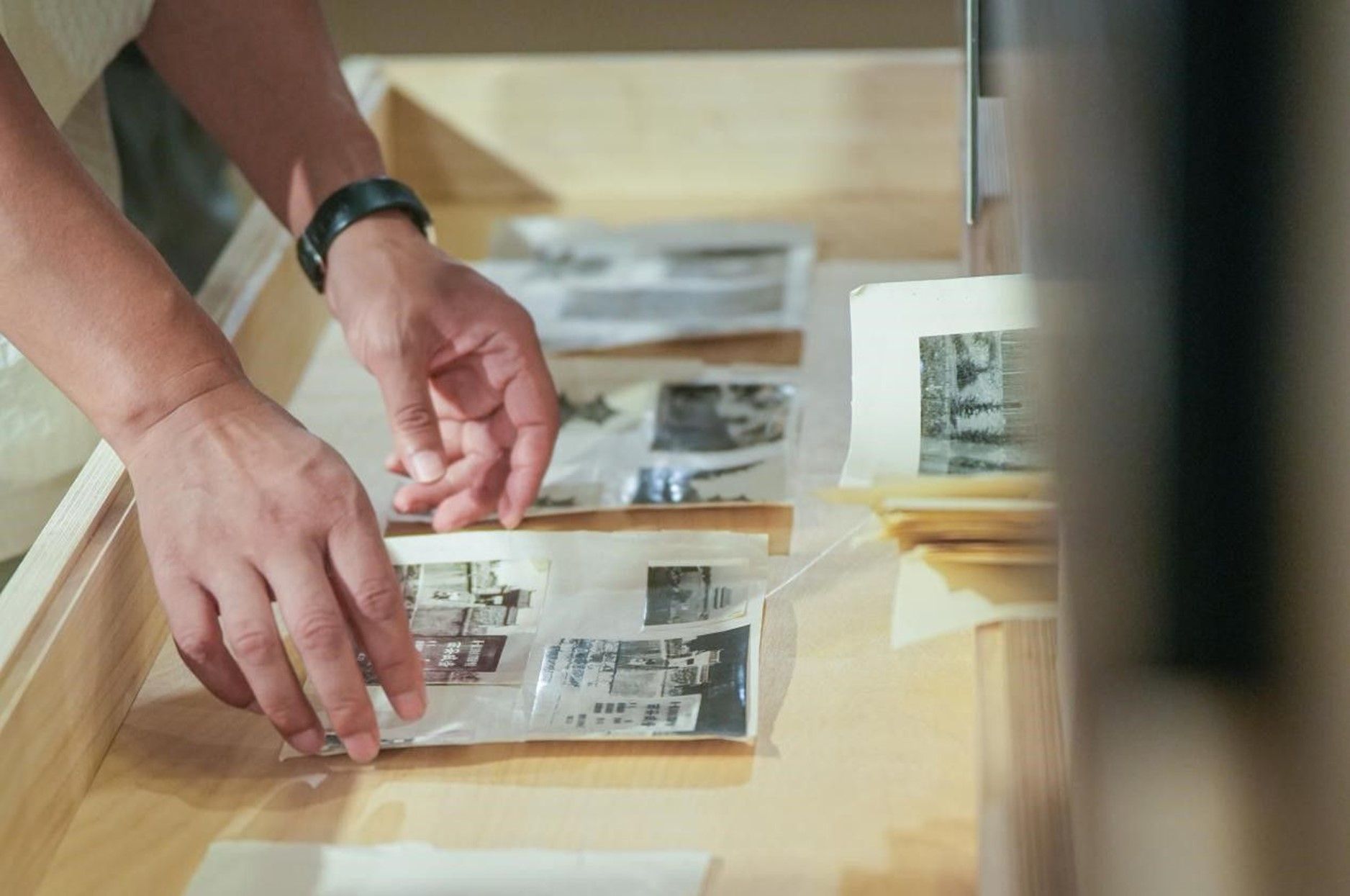
Notably, in 1983, the Xi'an City Construction Project, led by China's central government, the CPC Shaanxi Provincial Committee, and the CPC Xi'an Municipal Committee, saw mass participation and was the largest public works project of its kind. It was also the largest cultural relics protection project in Xi'an since the founding of the People's Republic of China. This overhaul effort marked exactly 200 years since the last one in the 48th year of Emperor Qianlong's reign (1783). As a result, the Xi'an City Wall regained its former glory and was revitalized. The overall appearance of the wall has significantly improved, positively integrating into the contemporary urban cultural landscape.
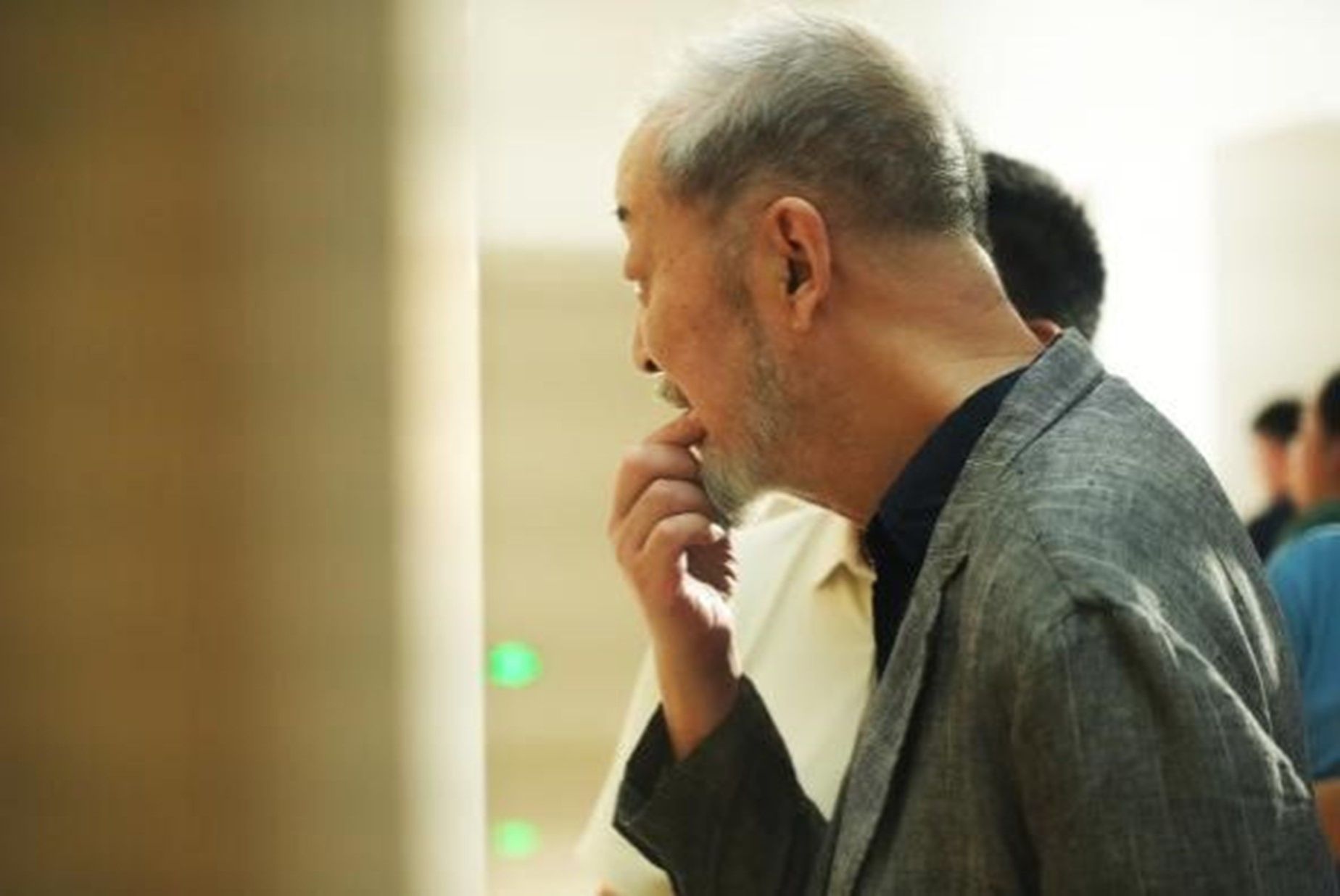
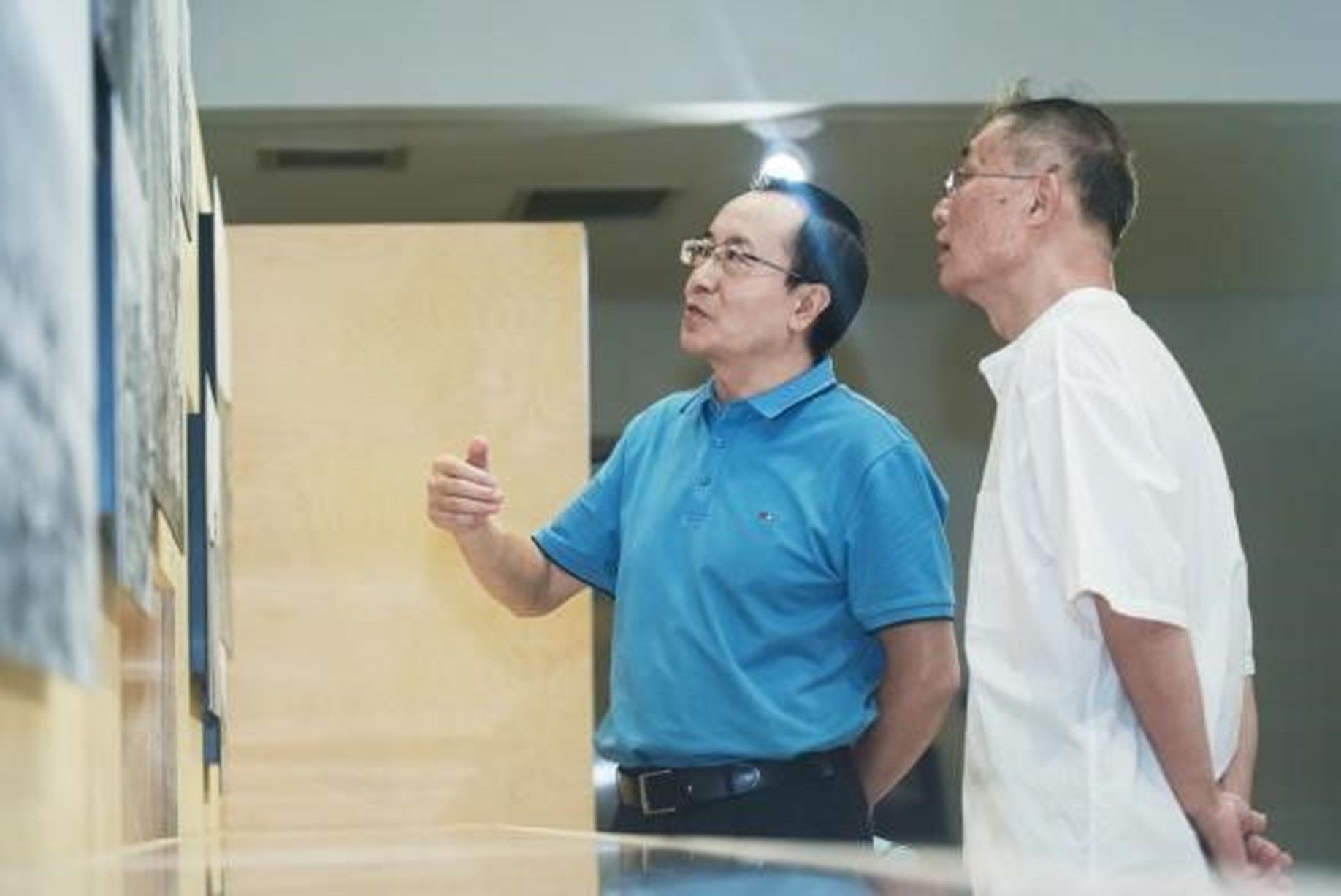

This exhibition focuses on the rescue and overhaul project of the Xi'an City Wall in 1983, which saw mass participation. Through a series of visual materials, it presents the conditions before, during, and after the overhaul from four aspects: the city wall, the gate towers, the gates, and the moat. It highlights both the arduous circumstances of the overhaul effort and its significant importance.
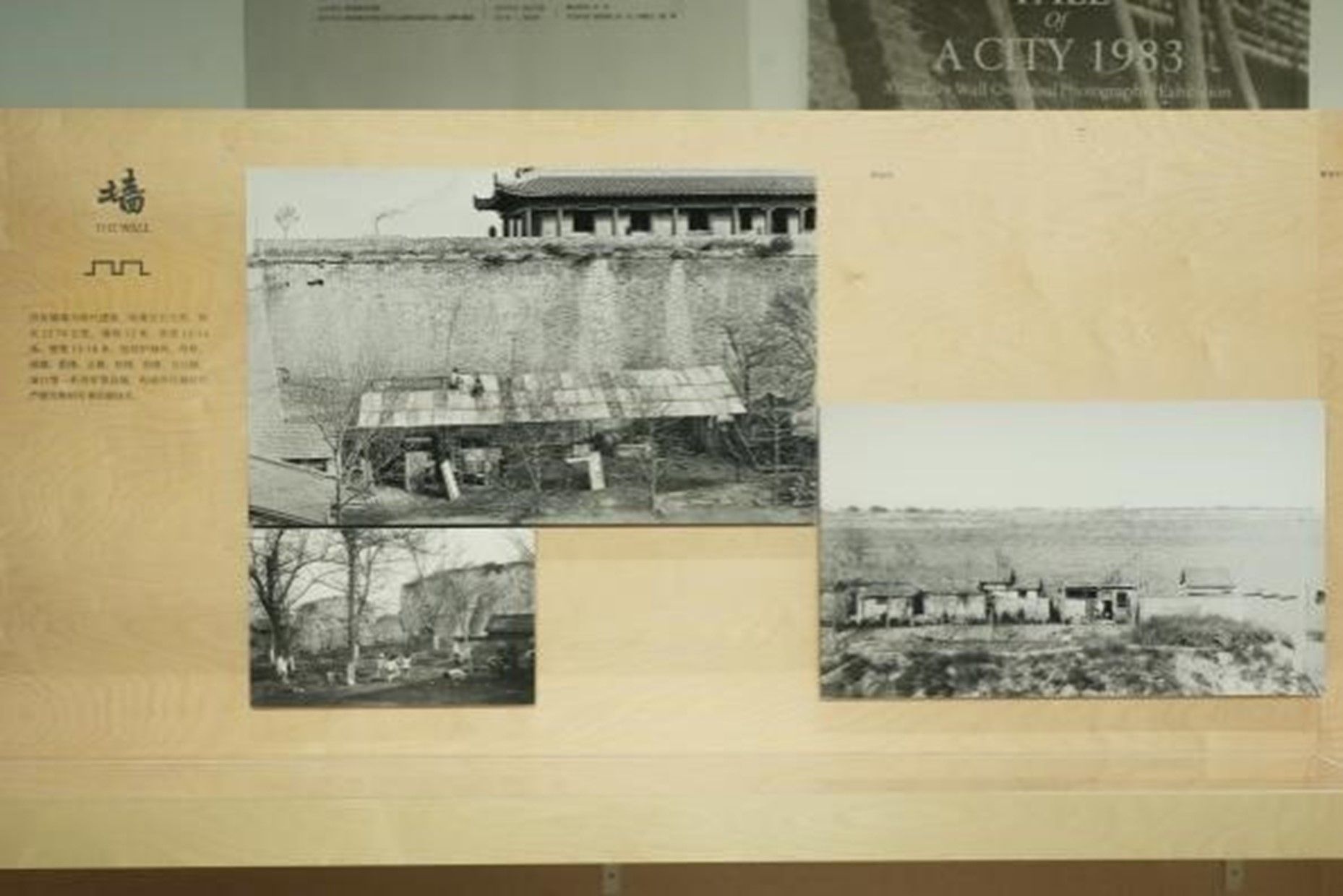

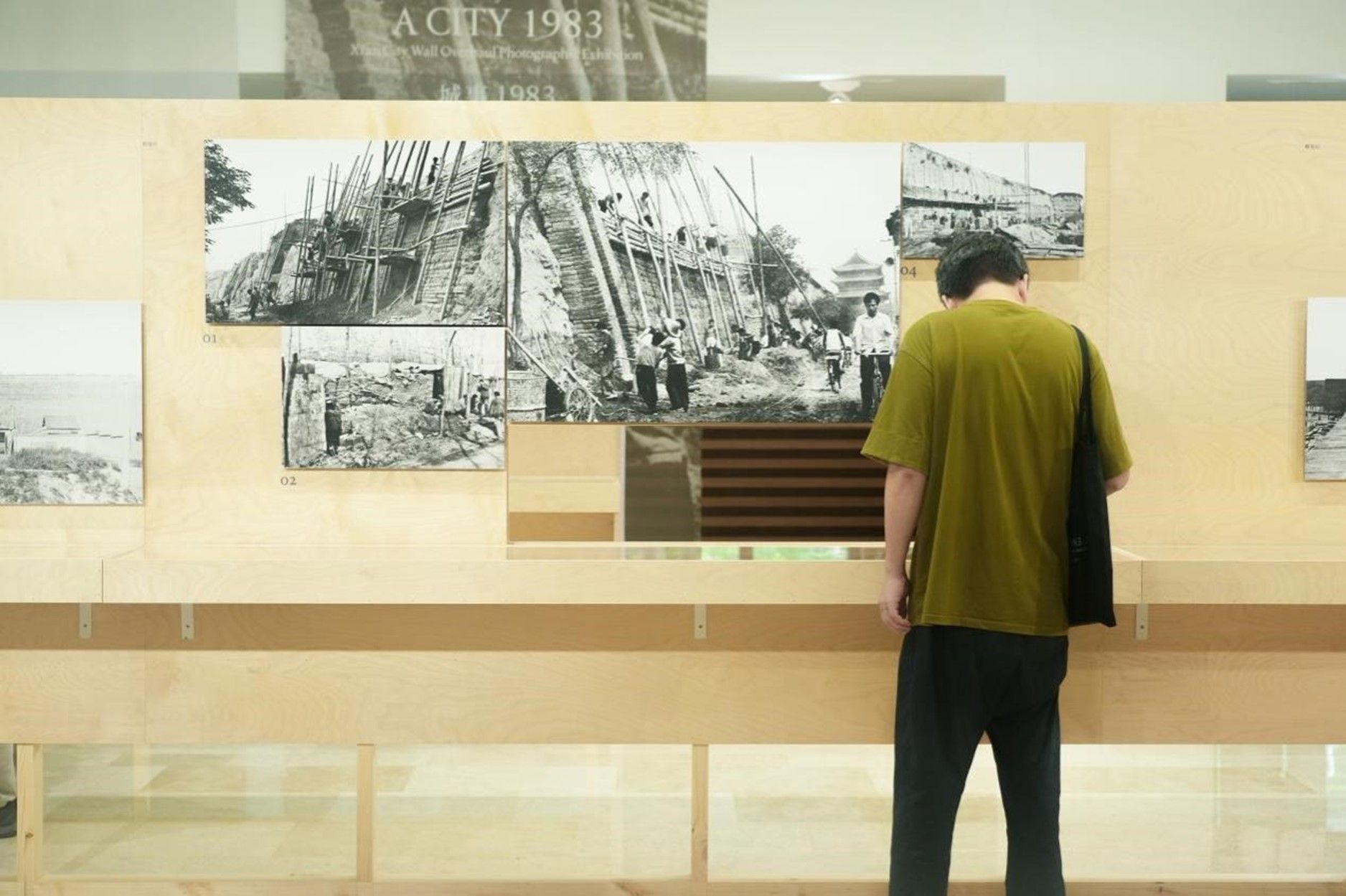
The Xi'an City Wall embodies the unique cultural heritage of this ancient capital, serving as a tangible representation of the city's memories that bridge the past, present, and future. As an eye-catching symbol of the city's 3,100 years of history, these material remnants of history vertically encapsulate the city's past while horizontally showcasing its vast and profound experiences. The interwoven narratives created by these elements encompass the unique personality and essence of Xi'an as a great city, reflecting its enduring value characteristics.
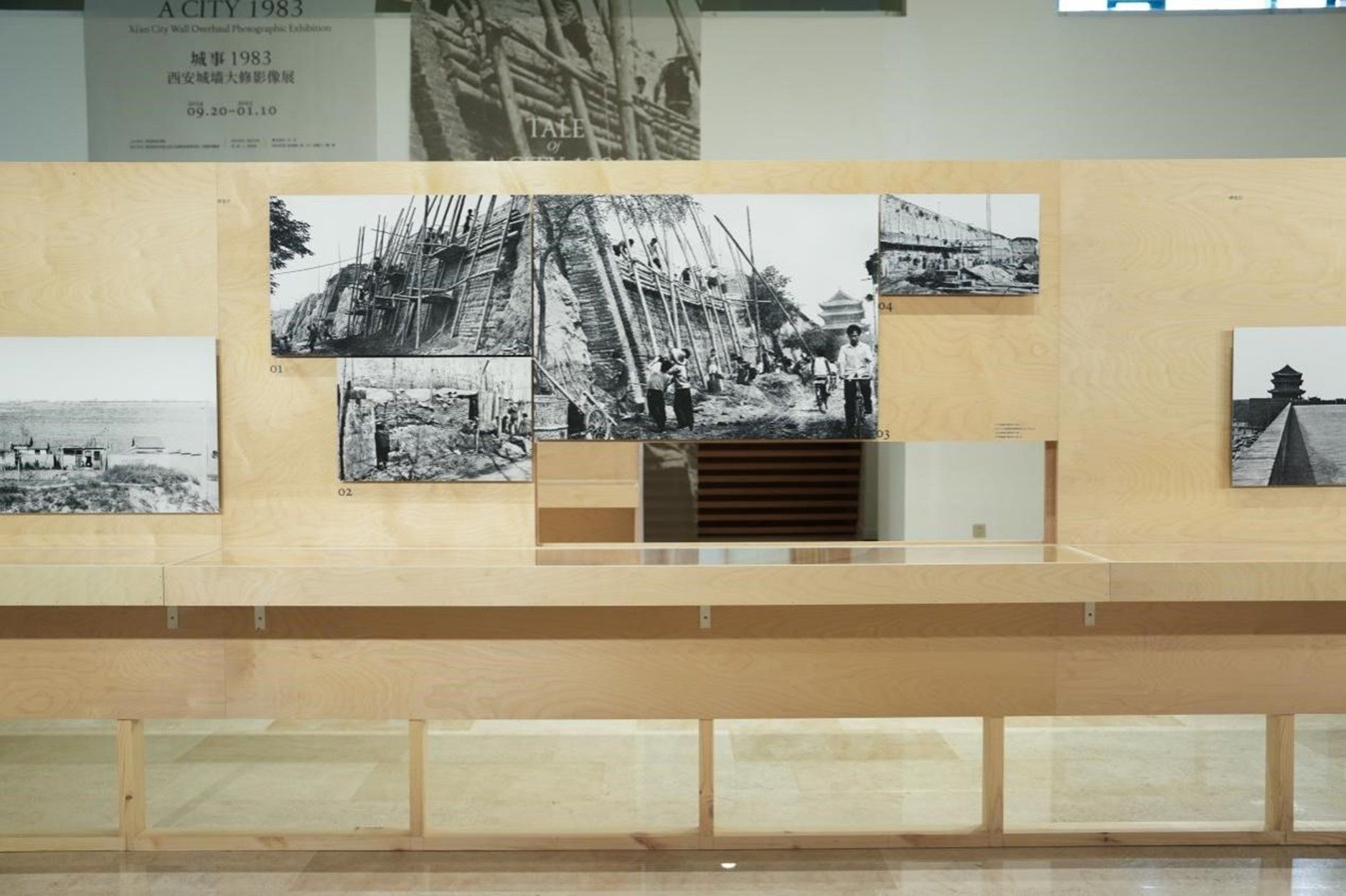
This exhibition is a genuine record and a precious homage. Xi'an Eurasia University has been emphasizing the connection with local culture, breaking down boundaries through open and diverse forms and actively taking on the responsibility of cultural inheritance and revival. It is committed to further advancing the mission of making Xi'an a cultural ancient capital of China. Xi'an Eurasia University sincerely invites every guest, resident, teacher, and student to visit the exhibition, to sense history, inherit culture, and convey spirit by learning the profound history of the city wall.
(Contributed by the Brand Communication Department)


